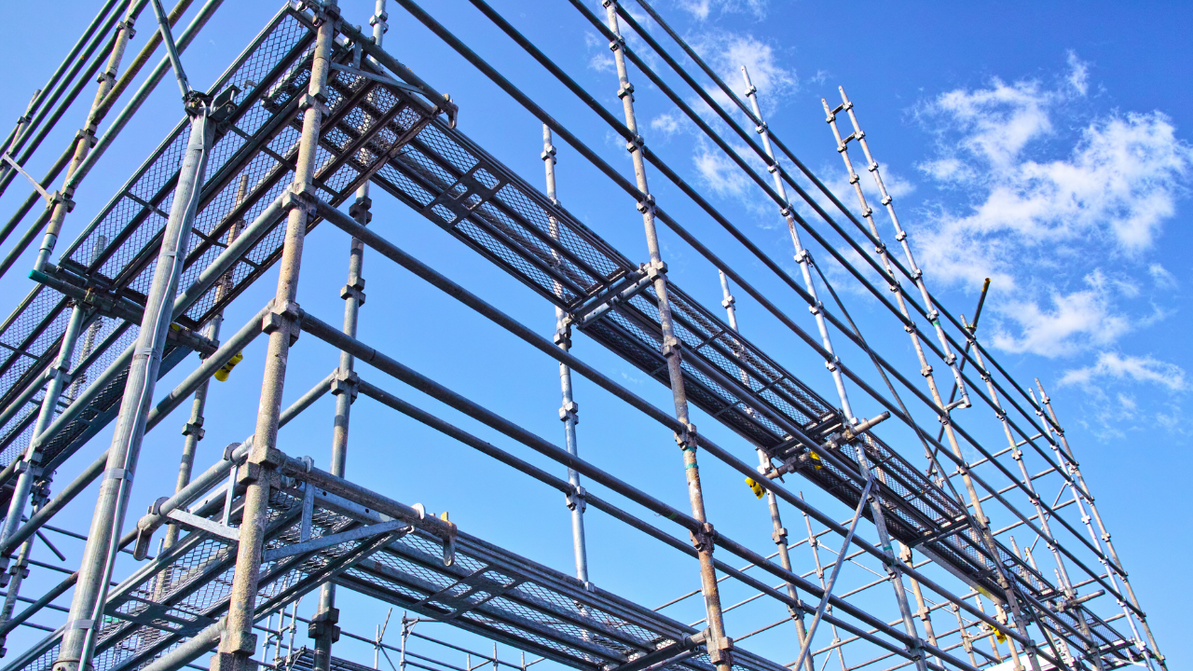Scaffold Maintenance: Tips and Tricks for Safe and Efficient Operations
Maintaining scaffolding equipment is crucial for ensuring the safety and efficiency of any construction project. Proper maintenance not only extends the lifespan of the scaffolding but also minimizes the risk of accidents and costly downtime. In this blog post, we'll provide a comprehensive guide on scaffold maintenance, including essential tips for regular inspections and repairs.
Why Scaffold Maintenance is Important
Scaffolding is subjected to various stresses and environmental conditions that can lead to wear and tear over time. Regular maintenance helps in:
1.Ensuring the safety of workers.
2.Complying with safety regulations and standards.
3.Extending the life of the scaffolding equipment. Reducing downtime and repair costs.
4.Enhancing overall productivity on the job site.
Tips for Regular Scaffold Inspections
1.Daily Visual Inspections:
Check for Visible Damage: Inspect for cracks, bends, or breaks in the scaffold components.
Examine Connections: Ensure that all nuts, bolts, and other connections are tight and secure.
Look for Corrosion: Check for rust or corrosion, especially in metal parts. Weekly
2.Thorough Inspections:
Inspect All Components: Examine all parts of the scaffold, including frames, braces, and planks.
Check for Proper Alignment: Ensure that the scaffold is level and stable.
Assess Safety Features: Verify that guardrails, toe boards, and access ladders are in place and in good condition.
3. Monthly Detailed Inspections:
Structural Integrity: Inspect the overall structural integrity of the scaffolding system.
Foundation Check: Ensure that the scaffold is built on a solid and stable foundation.
Environmental Impact: Look for signs of environmental damage, such as weathering or exposure to chemicals.
Essential Scaffold Maintenance Tips
1.Regular Cleaning:
Remove Debris: Keep the scaffold free from debris and obstructions.
Clean Components: Use appropriate cleaning agents to remove dirt, grease, and other contaminant.
2.Lubrication:
Moving Parts: Apply lubricant to moving parts such as wheels and hinges to ensure smooth operation.
Repair and Replacement:
Timely Repairs: Address any damage or wear immediately to prevent further deterioration.
Replace Worn Parts: Replace any worn or damaged components with new ones to maintain the scaffold's integrity.
3.Storage:
Proper Storage: Store scaffolding components in a dry, covered area to protect them from the elements.
Organized Storage: Keep parts organized and easily accessible to facilitate quick assembly and disassembly.
4.Training:
Regular Training: Provide regular training for workers on scaffold inspection and maintenance procedures.
Safety Protocols: Ensure that all personnel are familiar with safety protocols and best practices for scaffold use.
Proper scaffold maintenance is a critical aspect of construction safety and efficiency. By following these tips for regular inspections and repairs, you can ensure that your scaffolding remains in excellent condition, providing a safe and stable platform for your workers. Remember, a well-maintained scaffold is not only a regulatory requirement but also a key factor in the success of your construction projects. For more information on scaffold maintenance or to schedule a professional inspection, contact Southwest Scaffolding today. Our team of experts is here to help you maintain a safe and productive job site.
Recent Posts
-
Why Scaffolding Continues to Rank Among OSHA’s Top Violations
Scaffolding has consistently landed on OSHA’s Top 10 Most Frequently Cited Violations list for at le …Dec 23rd 2025 -
Scaffolding Rental vs. Turnkey Scaffolding Services: What Contractors Should Know Before Deciding
When you’re planning a project that requires scaffolding, one of the first decisions you’ll face is …Dec 19th 2025 -
Why Hiring a Professional Scaffolding Company Matters
Scaffolding is one of those things that people often underestimate—until something goes wrong. On pa …Dec 17th 2025




